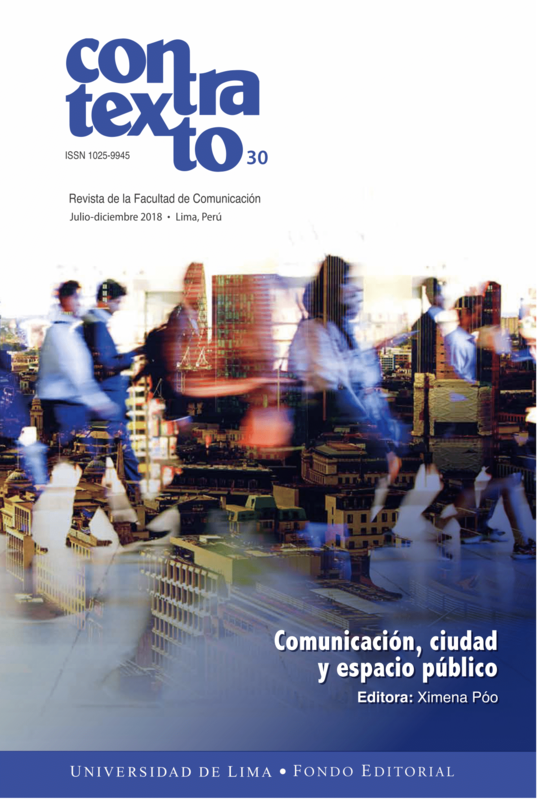El rol de las TIC en el renacimiento de la herencia cultural en el Foro de Augusto en Roma
DOI:
https://doi.org/10.26439/contratexto2018.n030.3148Abstract
This article addresses, as a case study, the digital audiovisual projections on the Forum of Augustus in Rome, Italy, from the combined perspectives of architecture and communication. The study consists in a detailed analysis of the contextual and typological configuration of the Forum and its surrounding area. The analysis shows that the projections create new hybrid spaces that emerge from the deployment of a digital layer on the physical space of the archeological site. Following the theory of conservation/restoration, we argue that, through this instance of augmented reality, the meaning and value of the area become apparent. The new emerging heterotopic space has effects on the visitors to the Forum but also on the passersby that can observe the monumental projections from the surrounding streets.
Downloads
Downloads
Published
Issue
Section
License
All of the works published are licensed under a CC BY 4.0 Creative Commons Attribution license. (updated on March 1st 2021)
The content of the journal may be shared in any material or format. The content may be adapted, contributed upon and transformed. Both possibilities are only permitted in so far as they complete the following conditions:
- Attribution: Credit must be given where it is due, a link to the license must be provided and changes, if made, must be indicated. This should be done in the manner deemed appropriate, without suggesting that the licensor promotes you or your use of the material.
Ownership rights
The patrimonial rights for Contratexto are published under a Creative Commons BY 4.0 license, allowing authors to keep the patrimonial rights to their work without restrictions.
If a work published in Contratexto were to be copied, distributed, spread, or any other activities contemplated in the aforementioned license, the author(s) and the journal must be mentioned visibly and expressly.
Self-archive
This journal allows and encourages authors to post items submitted to the journal on personal websites or institutional repositories both prior to and after publication, while providing bibliographic details that credit, if applicable, its publication in this journal.


